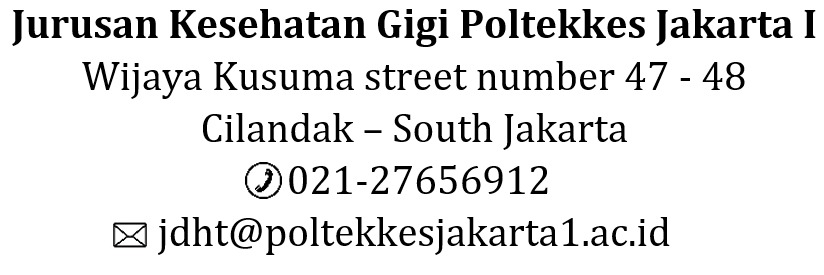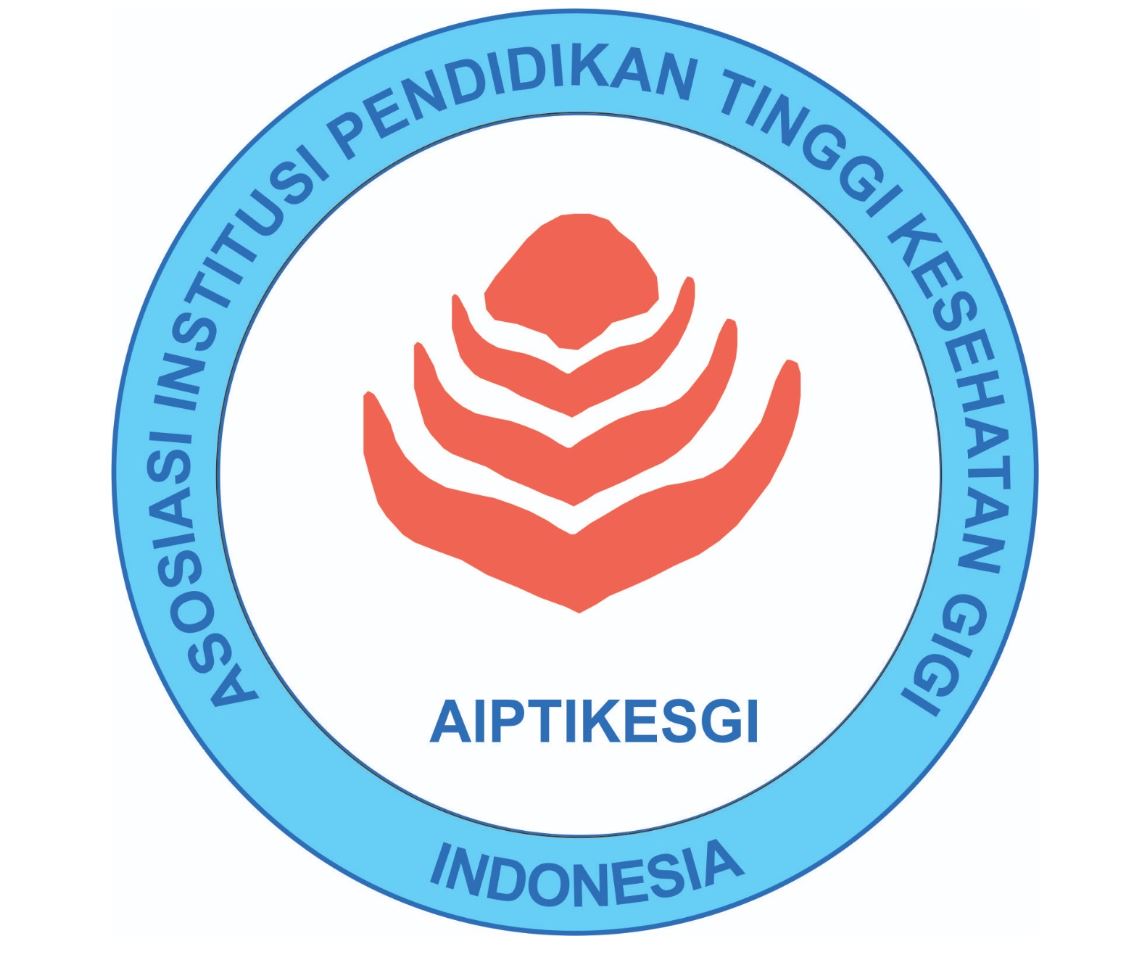CARIES STATUS MEASURED WITH THE ICDAS II ON QUALITY OF LIFE IN CHILDREN
Keywords:
Caries status, academic achievement, quality of life, children's dental healthAbstract
Dental caries is an infection of the hard part of the teeth that is very vulnerable in children. Unaddressed tooth decay interferes with child development, especially primary school-age children who have an impact on quality of life, discomfort and experience learning disorders that affect academic achievement. In the ICDAS II index, caries measurement can be seen from the stage of development starting from clinically visible enamel changes to more extensive cavitation. This study aims to determine the relationship of caries status measured by ICDAS II to quality of life in 12-year-old children. Analytic research with cross sectional method. The study population was 12 years old students with a purposive sampling technique of 43 samples. Data obtained using caries examination sheets and quality of life questionnaires. The statistical test used in the study was Kendall's tau-b test. The results showed that the relationship between caries status measured by ICDAS II to quality of life obtained a p-value of 0.000 with a correlation value of 0.515 which is included in the strong relationship category. The conclusion is that this study found a significant relationship between caries status measured by ICDAS II and quality of life in 12-year-old children.Downloads
Download data is not yet available.
Published
2024-10-16
How to Cite
Utami, U., Andani, M., Praptiwi, Y. H. ., & Laut, D. M. (2024). CARIES STATUS MEASURED WITH THE ICDAS II ON QUALITY OF LIFE IN CHILDREN . JDHT Journal of Dental Hygiene and Therapy, 5(2), 97–102. https://doi.org/10.36082/jdht.v5i2.1665
Issue
Section
Articles
Copyright & Licensing
Copyright (c) 2024 Ulfah Utami, Maria Andani, Yenni Hendriani Praptiwi, Deru Marah Laut

This work is licensed under a Creative Commons Attribution-ShareAlike 4.0 International License.
















